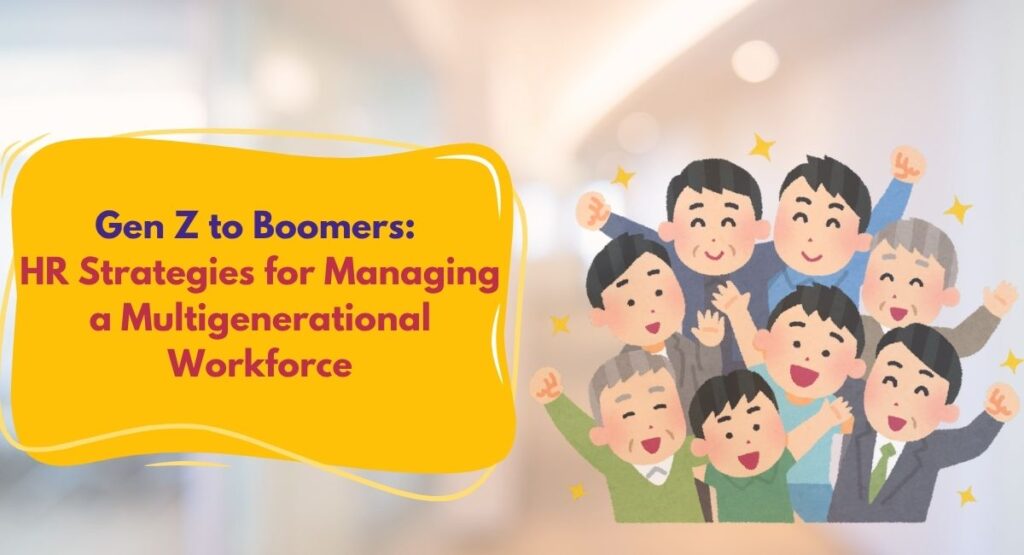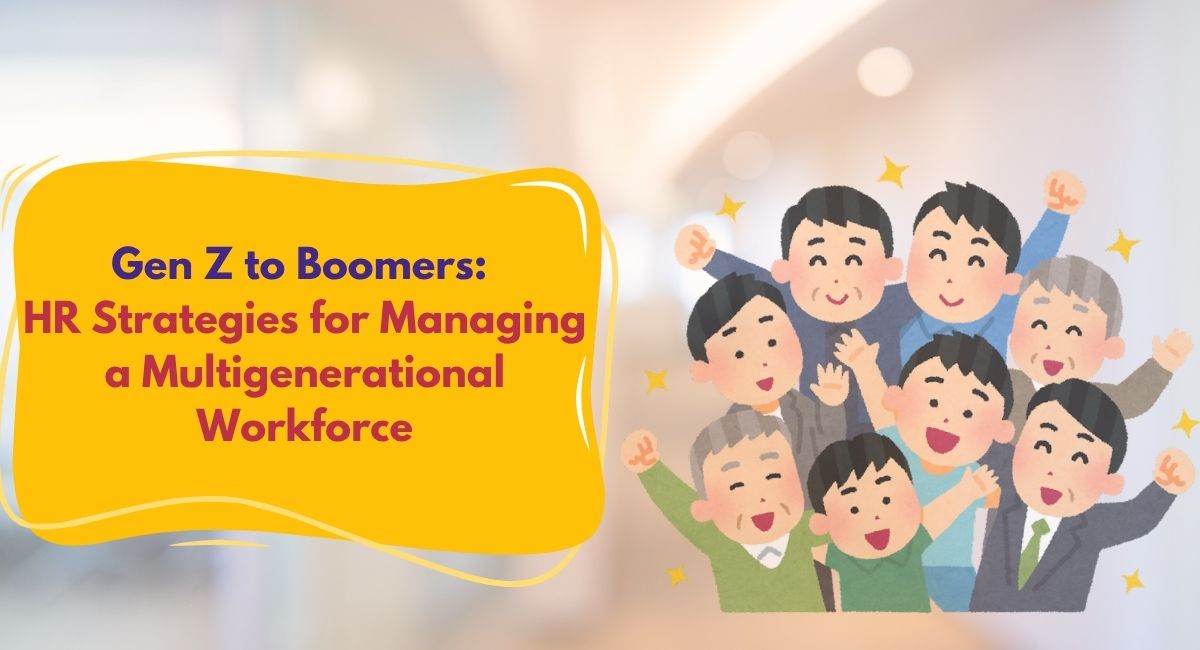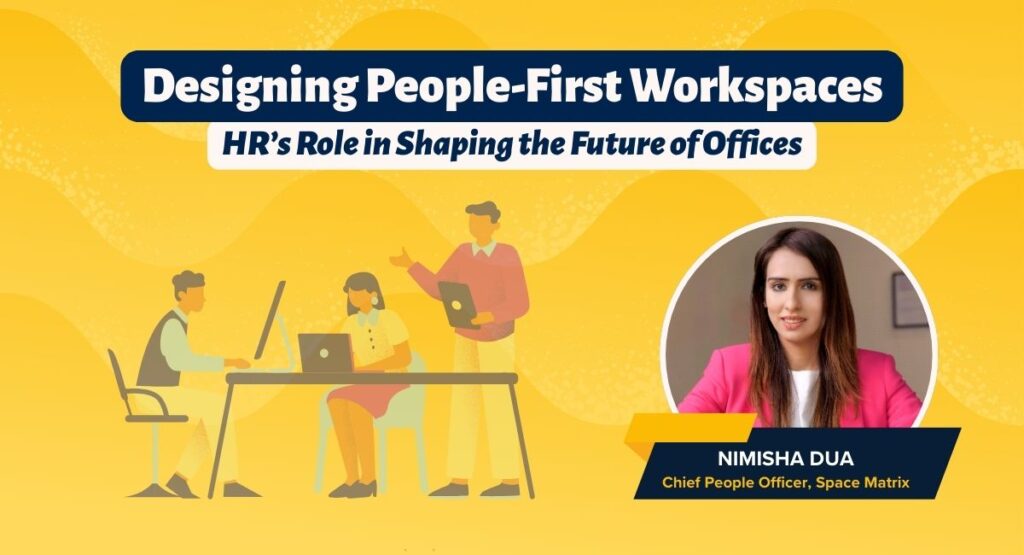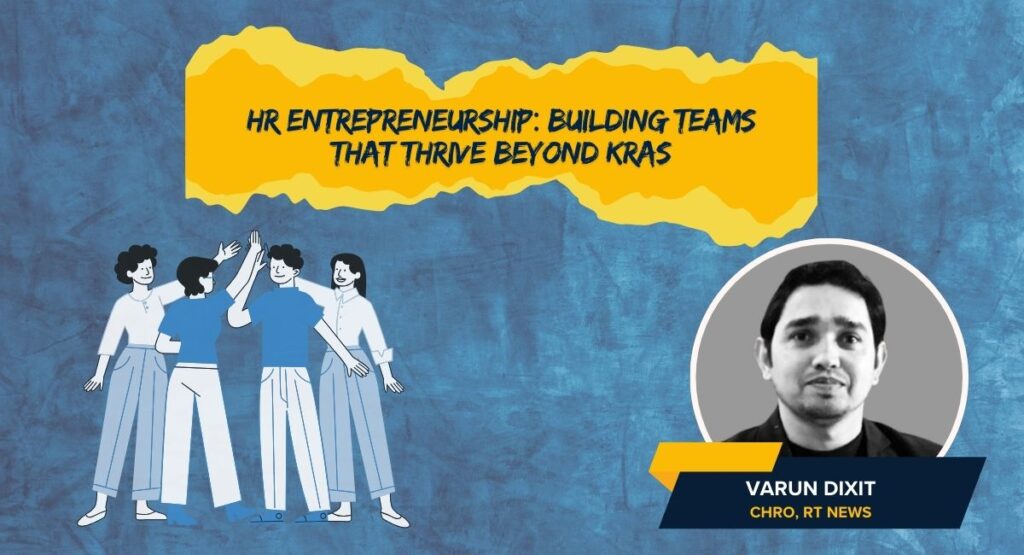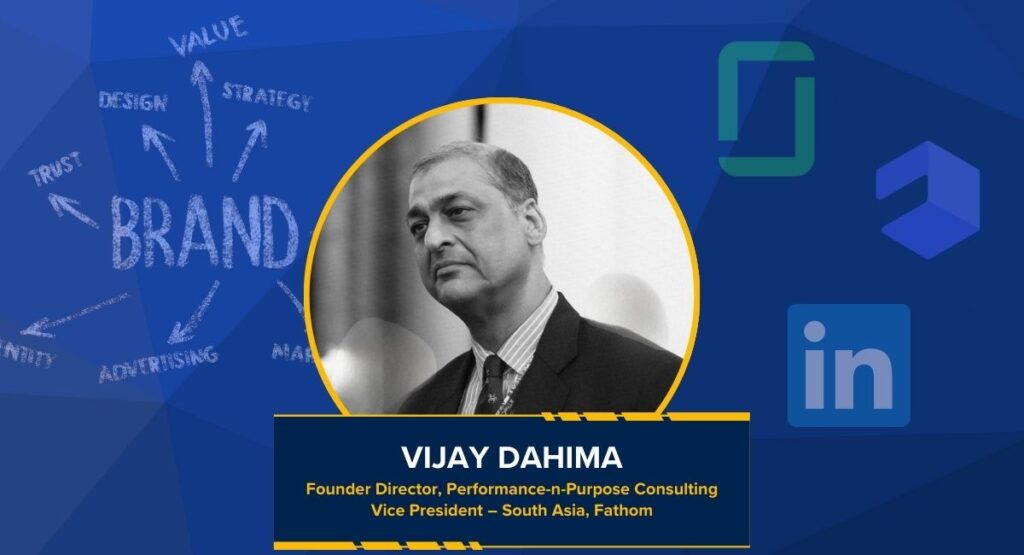The modern workplace has a vibrant mix of generations, Baby Boomers (1946–1964), Generation X (1965–1980), Millennials (1981–1996), and Generation Z (1997–2012), all working side by side. This diversity presents a significant challenge for HR leaders, as managing diverse generations goes beyond traditional oversight. It requires a keen understanding of personalised employee solutions, technological advancements, and evolving workplace dynamics.
A recent survey by Marsh India Insurance Brokers highlights this shift: 70 percent of companies are seeking new-age benefits, while 50 percent are actively working to address the needs of a multigenerational workforce with a sharp focus on Gen Z. Employers are now increasingly rolling out inclusive benefit programs, ranging from mental health support to flexible work arrangements to cater to their employees’ varied expectations.
We connected with HR experts to learn how organisations can engage and retain a multigenerational workforce. Here are some of the standout strategies.
Put the Individual Before the Label
A multigenerational workforce consists of individuals with diverse backgrounds, experiences, and learning styles. Managing such a varied group requires HR leaders to move beyond generational stereotypes.
Pre-defined labels like “Millennials are tech-savvy,” “Gen Z lacks work ethic,” or “Gen X prefers to work alone” further add to biases that lead to unfair treatment. These assumptions ignore individual differentiators, overlook personal strengths, and can hamper collaboration, innovation, and workplace harmony.
Vinay Ravindran, Senior Manager – People & Culture at SG Analytics, echoes this sentiment. He emphasizes the need to recognise each employee as a unique individual rather than define them by generational identity.
Ravindran also advises HR leaders to adapt to each generation’s distinct communication preferences. While some employees may prefer face-to-face interactions, others might be more comfortable with emails, video calls, or tools like MS Teams and Slack.
Customise Learning & Development
Creating effective learning & development strategies for a multigenerational workforce is a growing challenge for HR leaders. Each generation brings its own learning styles and motivators. For instance, Baby Boomers often prefer structured, in-person training workshops, while Gen Z employees tend to incline towards interactive digital learning courses.
In this context, Bishnu Jaisy, Global Talent Acquisition Leader at DevOn, emphasizes the importance of customised learning plans that go beyond formal training and tap into the value of cross-generational knowledge exchange.
“Consider a Boomer architect working alongside a Gen Z software engineer. Through collaborative practices like paired programming, sprint retrospectives, and planning sessions, the Gen Z employee can benefit from the Boomer’s deep domain expertise, while the Boomer gains fresh insights into Gen Z’s innovative thinking and automation skills,” he explains.
This blended learning approach not only accelerates individual growth but also enhances team synergy, fostering a more inclusive, agile, and high-performing workplace.
Building Bridges Through Mentorship
Mentorship programs are one of the most effective ways to bridge generational gaps in the workplace. These programs do more than just mentoring and coaching. They encourage knowledge sharing and mutual growth. Additionally, mentorship programs also help in transferring and preserving important knowledge from seasoned workers to new hires.
Ravindran shares that mentorship should be a two-way street: where seasoned employees offer guidance and younger employees challenge the status quo with new ideas and technologies. “When we focus on competencies instead of age or tenure, we build teams that innovate, adapt, and collaborate seamlessly, a culture where every generation feels valued and has the opportunity to contribute,” he adds.
Establish Shared Values
An often-overlooked aspect of managing a multigenerational workforce is the importance of shared values. Employees from different age groups often share similar core values such as respect, purpose, or collaboration. However, conflicts may arise due to the different ways they express or prioritize these values. This gap can make it hard for managers to build team unity.
Ravindran highlights the importance of establishing values that resonate across generations and actively involving employees of all age groups in defining them. When team values are clear and shared, they help bring people together and reduce friction across generations.
Foster Psychological Safety
Multigenerational workforce diversity brings complexities that are often underestimated. To harness the potential of this diversity and drive organizational growth, it is essential to create a psychologically safe culture where employees of any age feel comfortable speaking up, sharing ideas, or asking for help without fear of judgment. For example, a Gen Z employee should feel just as safe as a Baby Boomer saying, “I did not understand this, can someone walk me through it again?”
Jaisy highlights that HR leaders can build this kind of environment through simple, consistent practices—like collecting anonymous feedback every two weeks via pulse surveys and conducting regular one-on-one meetings that go beyond performance metrics to focus on well-being. “If a millennial employee shares that she’s feeling overwhelmed, the HR leader can step in—without judgment—to help her reprioritise and take a short recharge break,” he explains.
Final Thoughts
In the end, managing a multigenerational workforce may be challenging, but it becomes far more achievable with the right mindset and strategies. The key lies in fostering inclusive leadership that builds a culture of respect, collaboration, and shared growth. By celebrating generational diversity, encouraging knowledge-sharing, and embracing diverse perspectives, organizations can unlock the full potential of their teams. When leaders look beyond age and focus on individual strengths and values, they create a workplace where everyone feels seen, heard, and empowered to make meaningful contributions.
